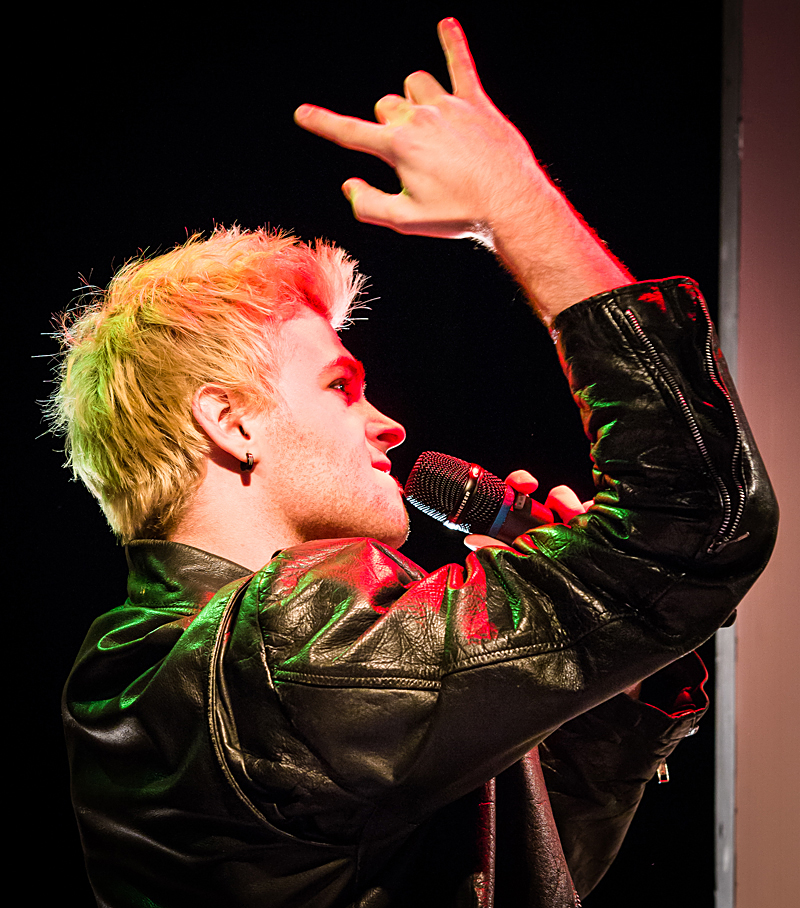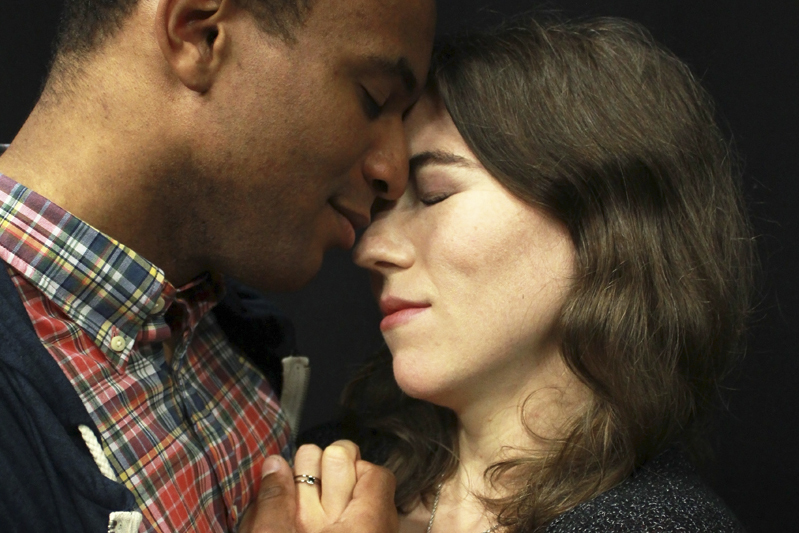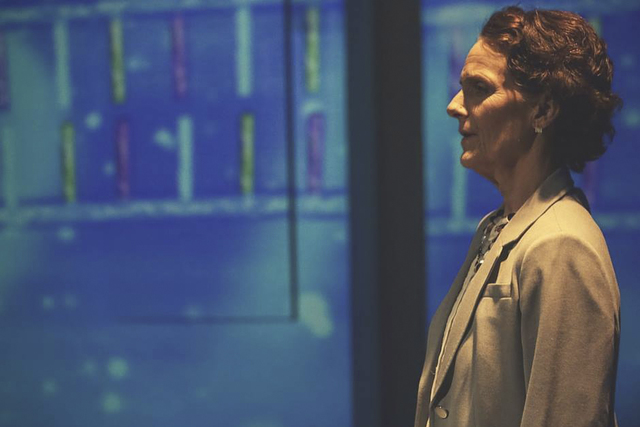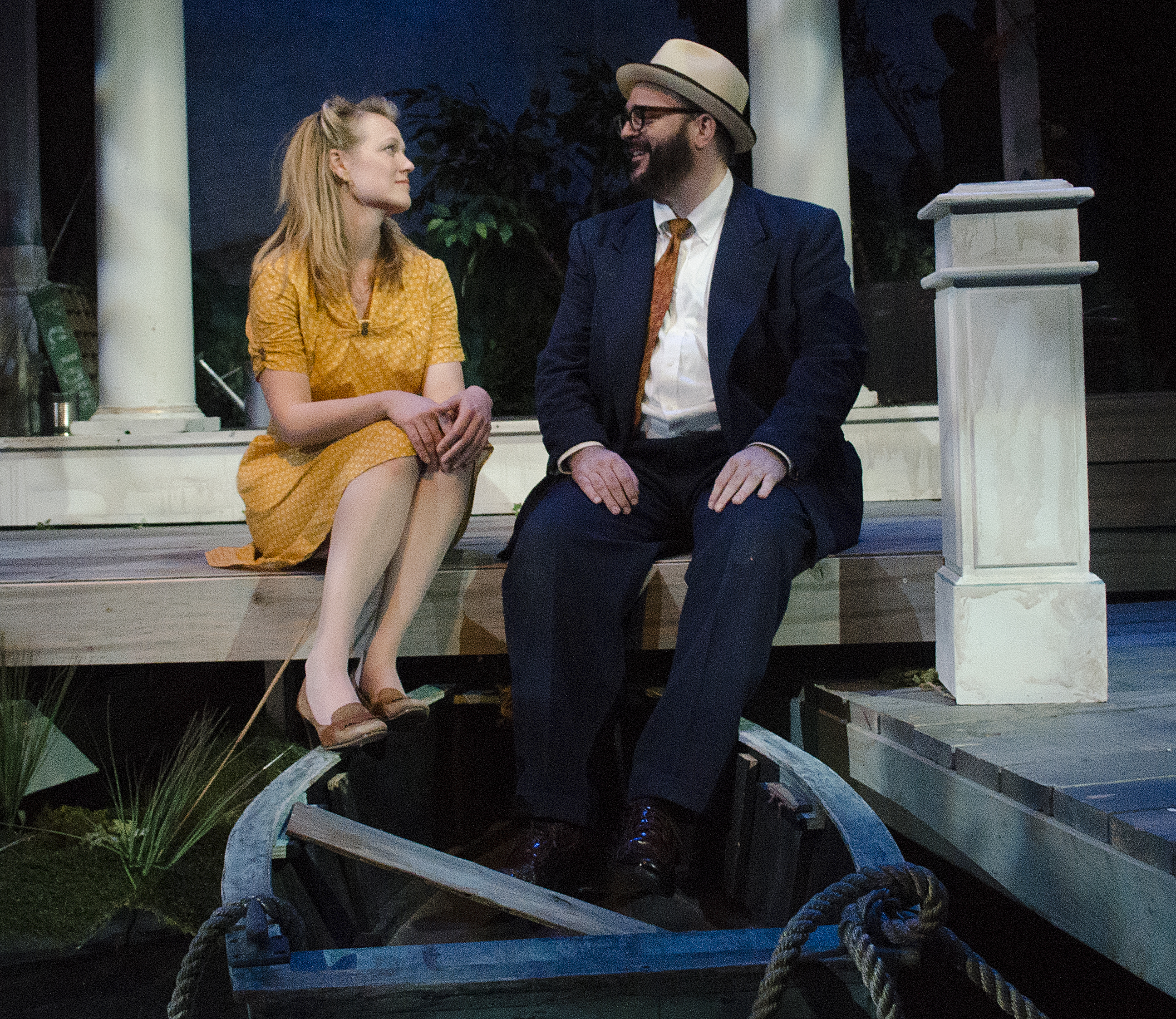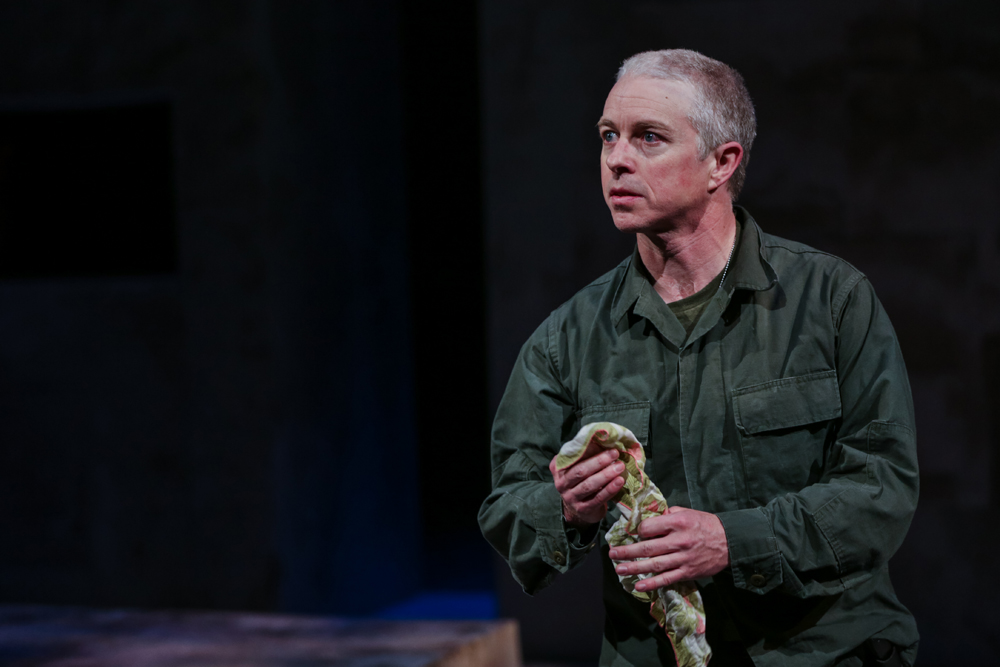The problem with writing drama about disaffection is that—who cares? It’s just not that interesting to watch characters complain, dither, and cop out, regardless of how much they might resemble, well, us. The flagrantly anachronistic musical Bloody Bloody Andrew Jackson, which played briefly on Broadway in 2010, posits our seventh president as a moody emo rock star (capable Kody Bringman, with platinum hair, raccoon eyes, and a Billy Idol snarl) who’s swept up in popular fervor against Indians, Spaniards, elites, and the corrupt government.
While easy laughs come from the “boing” of arrows (code-named “cholera”) killing Andrew’s family and political rivals Henry Clay, John Calhoun, and Marty Van Buren strutting on a catwalk, the show never finds a consistent tone. It’s not quite satire, not outright comedy, and certainly not history. Created by Alex Timbers and Michael Friedman, BBAJ is an ambivalent work— both rousing and cynical, like the politics of Jackson’s day. With a palpable lack of energy in the opening number, “Populism, Yea, Yea!”, it’s hard for the audience to care much about these frontier shenanigans.
Though outrageously un-PC and funny in some parts, the show is off-putting in others. Native Americans are hated like Muslims after 9/11. Jackson must choose between the real will of the people (disposing of those Indians) versus what the people claim to want (a feel-good solution). But Bringman’s Andrew, whether due to Christopher Zinovitch’s direction or his own limitations, barely musters the gravitas of a boy-band member facing a breakup. All the genuine sadness of the situation is distilled into one gorgeous song, “Ten Little Indians,” a rare moment of sincere feeling in the show.
Also laudable are several devices used to tell the story. In multiple roles, Mandy Price’s passionate nerdiness makes big blurbs of historical exposition tolerable (as a woman on a mobility scooter, she blabs until assassinated). Video screens show historical images drenched with blood. The scaffold-like set, by Zinovitch and Jill Beasley, allows the cast to perform all manner of gonzo stunts. Yet for all the topical pings that tease your brain (Spaniards as World Cup soccer thugs, the executive seat is a toilet, etc.), the heart remains unstirred. Various subplots get lost faster than you can riffle through a tabloid magazine in the supermarket checkout line. It’s as though BBAJ were allergic to real feeling; but without feeling, the show vanishes like smoke signals.
